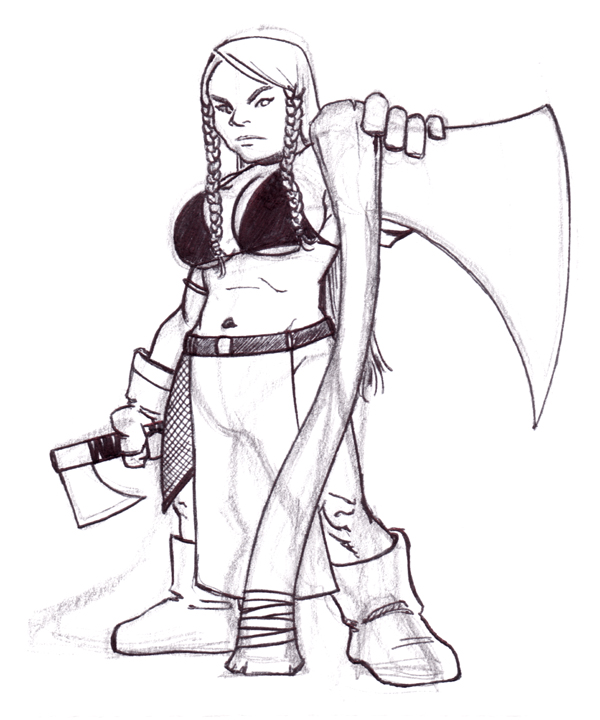In the mix of exiting games Unholy Land - An Ahistorical Hex-Mas Crawl for Mid-Level Characers, which is a bona fide OSR offering, appears.
(I was a bit surprised, the Indie RPG-scene and the OSR (the OSR also being indie, but possibly not "a scene") at times seem to exist in parallel universes, hermetically sealed from one another. Although the number of people with the necessary universe-transcending powers seem to be growing. Hopefully)
The Unholy Land hexcrawl by Casey Garske is a 26-page PDF of which there are 23 pages of game material. The cover and hexmap are in color while the rest of the PDF is black-and-white.
It is a single column layout with what appears to be mostly public domain artwork from medieval sources.
Illustrations range from a depiction of the mummified head of Ramses the Great to old book-style illustrations of the town of Bethlehem.
On top of it all a star, visible to the naked, eye moves from east to west in the heavens astounding astronomers and sages alike.
After the scene is set we are given tools. A load of encounter tables for different types of foes. There are also tables for random village encounters and a specific Jerusalem encounter table. Most encounters are somewhat fleshed out with a line or even a paragraph to guide the DM. A table of rumors and prophecies guide the player characters into the hexcrawl.
The hex descriptions are short and clear rather than evocative. They range from cultist seeking sacrifice to the PCs possibly allying themselves with an undead army.
Some hex locations describe encounters that will move around the map as time progresses in the game. Not all the encounters are tied together however so there are multiple potential emerging stories depending on the players actions.
At the end there is a bestiary for both NPCs and monsters. Stats are minimal and in a basic OSR format. (The damage levels makes me think the stats are AD&D inspired, but i could be wrong)
(I was a bit surprised, the Indie RPG-scene and the OSR (the OSR also being indie, but possibly not "a scene") at times seem to exist in parallel universes, hermetically sealed from one another. Although the number of people with the necessary universe-transcending powers seem to be growing. Hopefully)
Product
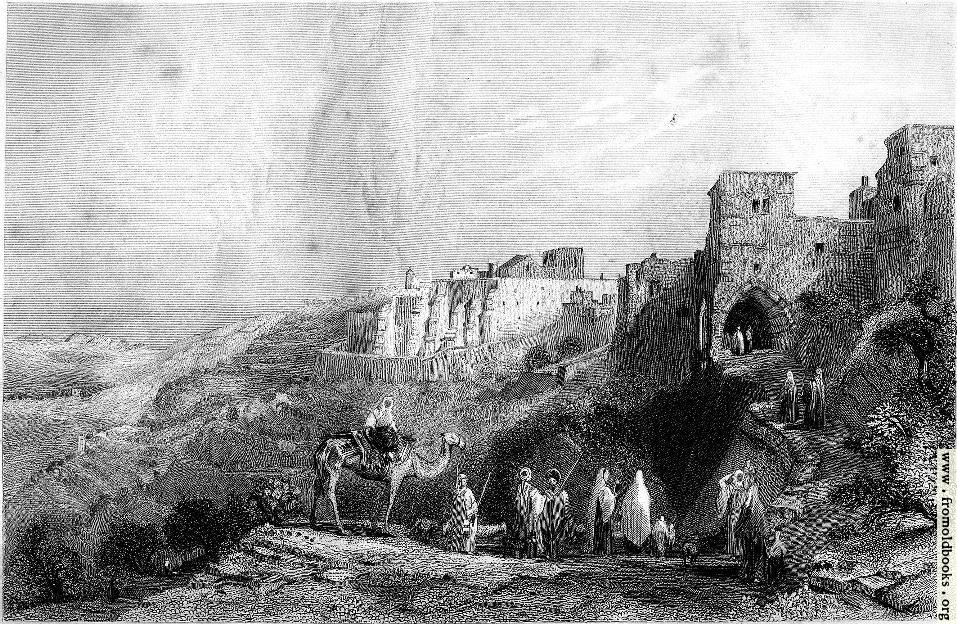 |
| "Bethlehem" from Mead Clarkes Christian Parlor Magazine Vol III (1847). Similar art is used in Unholy Night |
It is a single column layout with what appears to be mostly public domain artwork from medieval sources.
Illustrations range from a depiction of the mummified head of Ramses the Great to old book-style illustrations of the town of Bethlehem.
Content
Unholy Land quickly (one page) sets the scene for the hexcrawl. In short we are in Roman Judea in 2 BCE and things are going down. King Herod fears the birth of child destined to bring about his downfall, but even weirder things are afoot with the undead rising, monsters of legend reappearing and demonic forces on the move.On top of it all a star, visible to the naked, eye moves from east to west in the heavens astounding astronomers and sages alike.
After the scene is set we are given tools. A load of encounter tables for different types of foes. There are also tables for random village encounters and a specific Jerusalem encounter table. Most encounters are somewhat fleshed out with a line or even a paragraph to guide the DM. A table of rumors and prophecies guide the player characters into the hexcrawl.
 |
| The three magi appears in Unholy Night |
Some hex locations describe encounters that will move around the map as time progresses in the game. Not all the encounters are tied together however so there are multiple potential emerging stories depending on the players actions.
At the end there is a bestiary for both NPCs and monsters. Stats are minimal and in a basic OSR format. (The damage levels makes me think the stats are AD&D inspired, but i could be wrong)
Judgement
I liked reading Unholy Land and i think i would enjoy running it immensely for the right group of players.
My one criticism is that there is no guidance, not even a single line, about what kind of PC's might be suited for the game. A band of Judean rebels? Roman soldiers on leave trying to earn some extra gold on the side? Time travelers? Anything would be possible, but it requires some work up front for the DM and players to decide. Of course, this is not necessarily a negative.
My one criticism is that there is no guidance, not even a single line, about what kind of PC's might be suited for the game. A band of Judean rebels? Roman soldiers on leave trying to earn some extra gold on the side? Time travelers? Anything would be possible, but it requires some work up front for the DM and players to decide. Of course, this is not necessarily a negative.










.jpg)
.jpg)

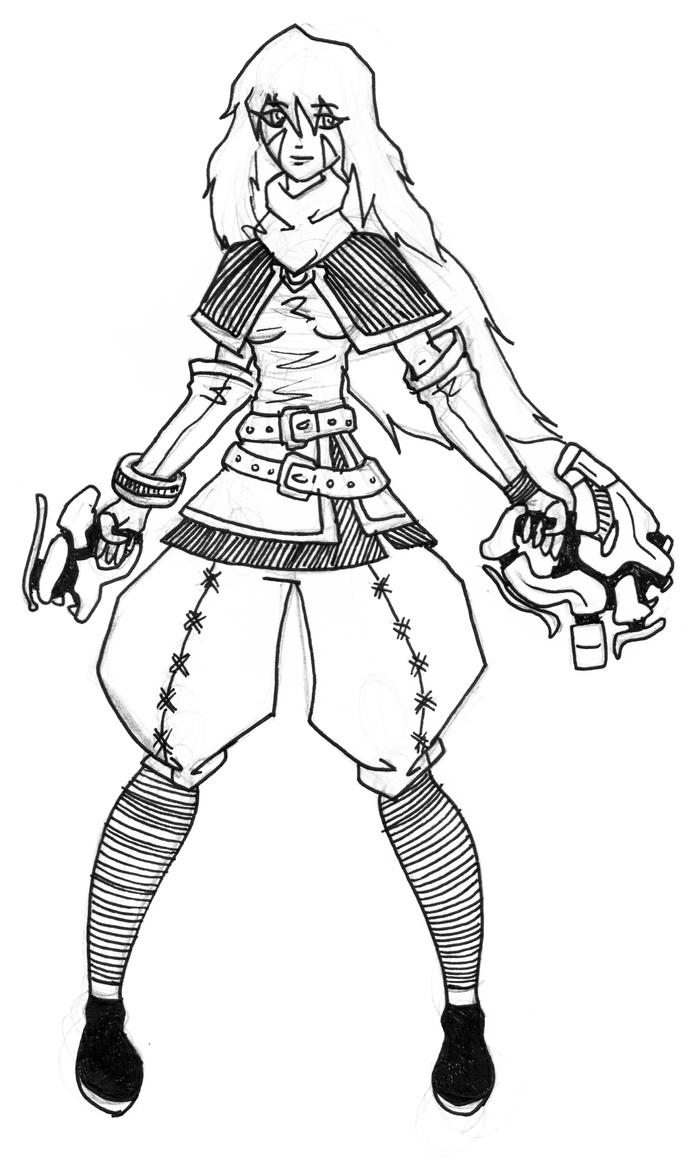


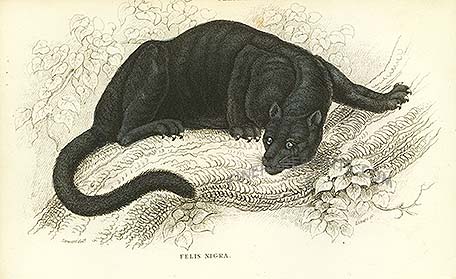



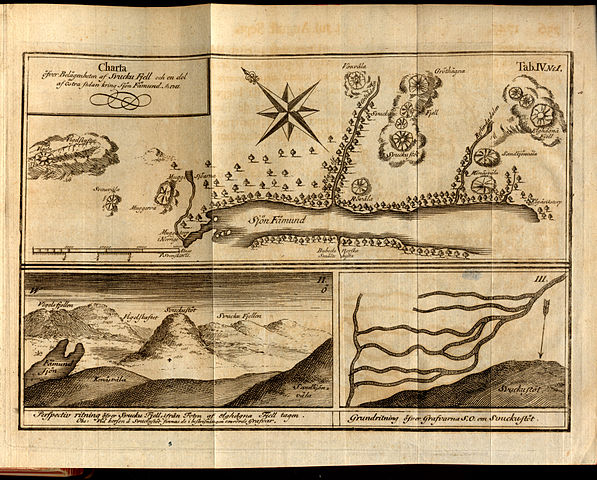


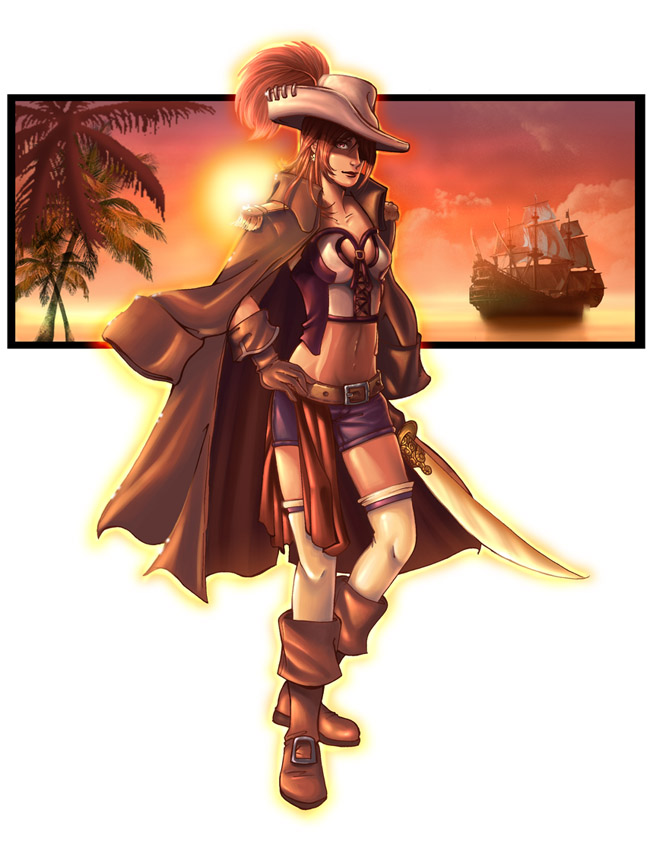

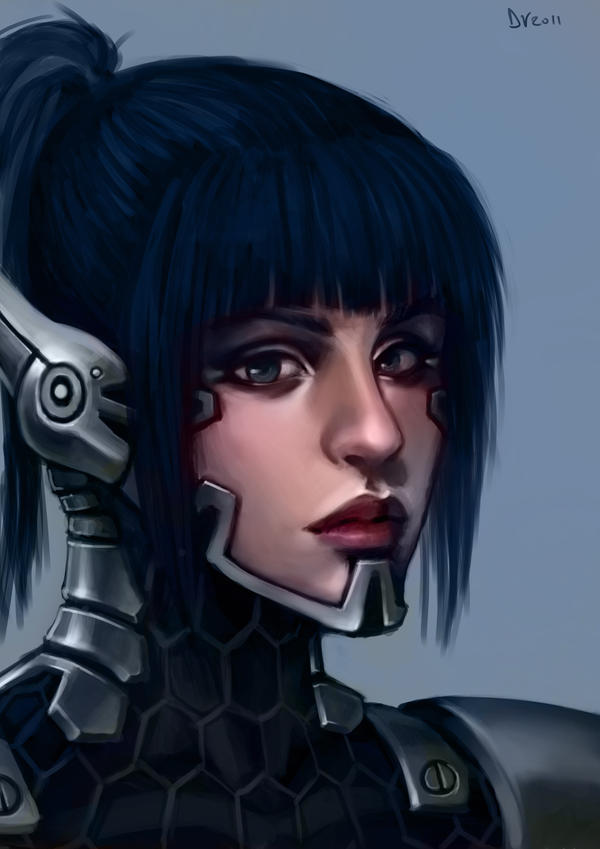


.jpg)

.jpg)

